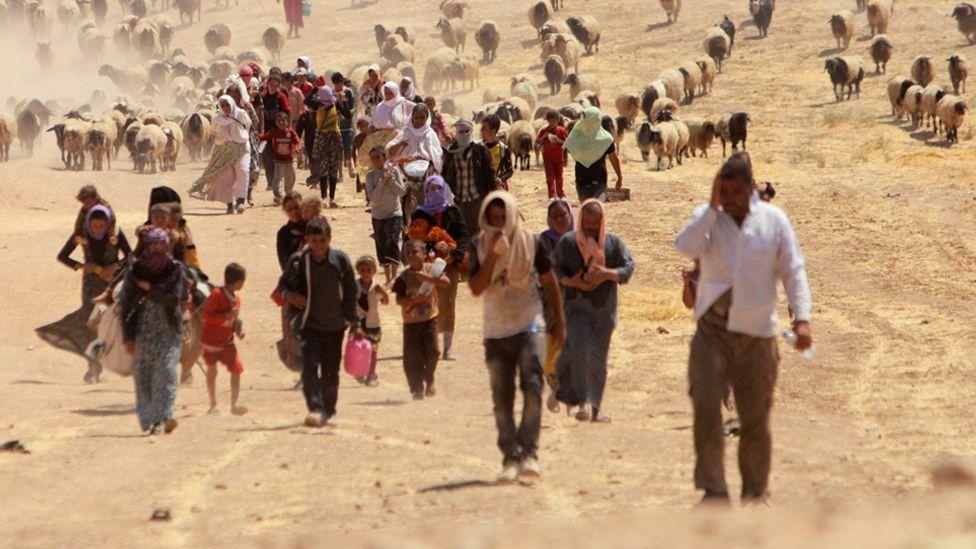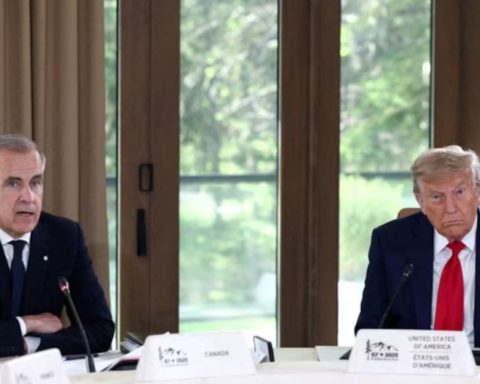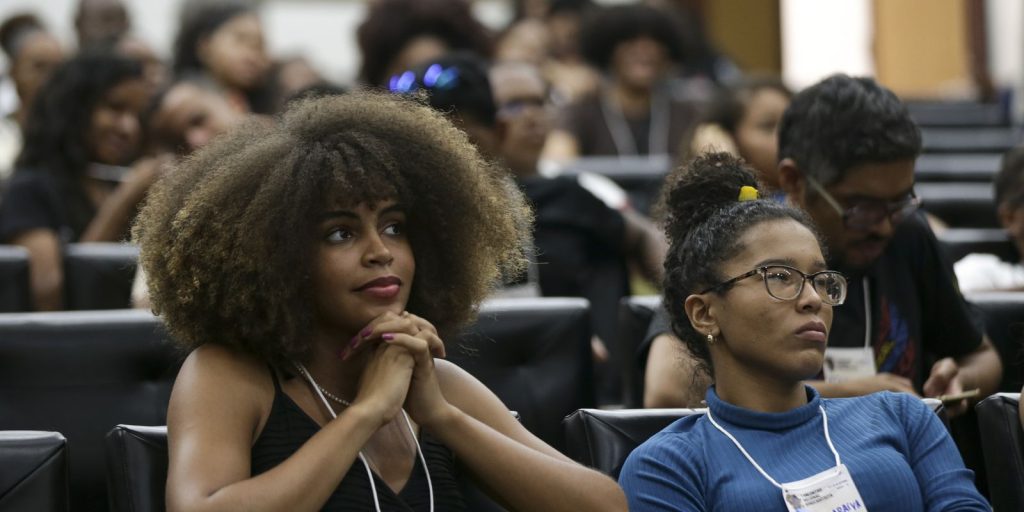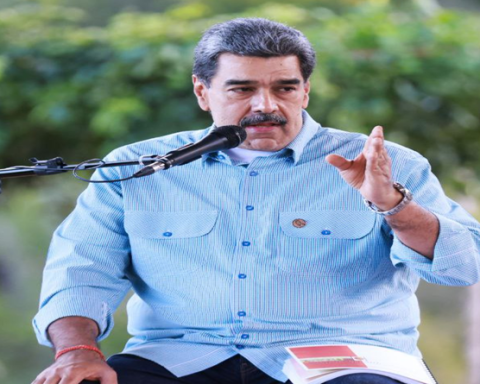October 3, 2024, 10:51 PM
October 3, 2024, 10:51 PM
The young Yazidi woman Fawzia Amin Sido regained freedom after a long captivity.
The woman, kidnapped when she was 11 years old in Iraq by the Islamic State group (IS) and later transferred to Gaza, has been rescued after 10 years as a captive there, according to US, Israeli and Iraqi authorities.
The Yazidis are a religious minority living mostly in Iraq and Syria. In 2014, Islamic State jihadists took over the community of Sinjar, in northern Iraq, where they massacred thousands of men and enslaved women and girls.
The Israeli military said the girl’s captor was killed in fighting with the Palestinian armed group Hamas in Gaza, possibly during an airstrike.
The young woman then fled to another place in the Strip.
The Israeli military command said that Sido was finally freed during a “complex coordinated operation between Israel, the United States and other international actors” and transferred to Iraq via Israel and Jordan.
Iraqi Foreign Minister Silwan Sinjaree told Reuters that Previous attempts to rescue her over the course of four months failed due to the insecurity situation in Gaza.
He also stated that Sido is physically well, but has been traumatized by her long time in captivity and the dire humanitarian situation in Gaza.
A video shared by Canadian philanthropist Steve Maman shows the young woman reuniting with her family in Iraq.
In a post on the social network me; my only enemy was time. Our team reunited her with her mother and family in Sinjar a few moments ago.”

What happened to the Yazidis
The Islamic State jihadist group controlled 88,000 square kilometers of territory between eastern Iraq and western Syria, brutally imposing its authority over almost 8 million people.
In August 2014, IS militants entered the Sinjar region, in northwestern Iraq and home to the Yazidis, wreaking chaos and destruction.
In many villages the Yazidis were captured and the boys over 14 years of age separated from the women and girls. Then they killed them and took them away as “spoils of war.”
Some of the Yazidi girls and women who managed to escape later said they had been sold or given as “gifts” to IS members who used them as sex slaves.
It is estimated that Islamic State killed more than 3,000 Yazidis and captured 6,000.
The United Nations assures that IS committed genocide and multiple war crimes and crimes against humanity against the Yazidis.
According to Iraqi authorities, more than 3,500 Yazidis have been rescued or freed and around 2,600 remain missing.

And remember that you can receive notifications in our app. Download the latest version and activate them.


















